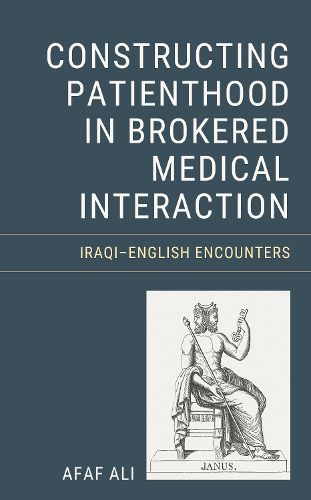Readings Newsletter
Become a Readings Member to make your shopping experience even easier.
Sign in or sign up for free!
You’re not far away from qualifying for FREE standard shipping within Australia
You’ve qualified for FREE standard shipping within Australia
The cart is loading…






Drawing on extensive firsthand experience of face-to-face meetings between patients and healthcare practitioners, Constructing Patienthood is the first book-length work dedicated to situating limited-English-speaking patients on equal footing with their interlocutors as essential partners in the process of meaning-making. Afaf Ali Nash builds on theoretical and empirical advancements in socio-medical research and language brokering to show how immigrant patients strike a balance between working cooperatively with their language brokers, or independently by overriding the language-assistance process to actuate multiple membership categories as patients, parents, and language brokerees. In doing so, they secure interactional zones that challenge the discursive asymmetries inherent in mediated doctor-patient encounters. This timely work makes it clear that impactful change in healthcare begins with successful communication.
$9.00 standard shipping within Australia
FREE standard shipping within Australia for orders over $100.00
Express & International shipping calculated at checkout
Drawing on extensive firsthand experience of face-to-face meetings between patients and healthcare practitioners, Constructing Patienthood is the first book-length work dedicated to situating limited-English-speaking patients on equal footing with their interlocutors as essential partners in the process of meaning-making. Afaf Ali Nash builds on theoretical and empirical advancements in socio-medical research and language brokering to show how immigrant patients strike a balance between working cooperatively with their language brokers, or independently by overriding the language-assistance process to actuate multiple membership categories as patients, parents, and language brokerees. In doing so, they secure interactional zones that challenge the discursive asymmetries inherent in mediated doctor-patient encounters. This timely work makes it clear that impactful change in healthcare begins with successful communication.